Growing your own food is supposed to be a hedge against inflation, but rising prices are in evidence at the garden centre too. The price of vegetable and flower starts is up almost 40% at many spots I’ve visited across the country this spring. When six packs started going for over $10, I knew it was time to bump up my grow operation at home.
Luckily, I’ve spent years fine tuning the seedling nursery in my home, and I’m happy to share that knowledge with you. Here is a cheap way to take advantage of my experience and grow your own tiny baby garden starts.
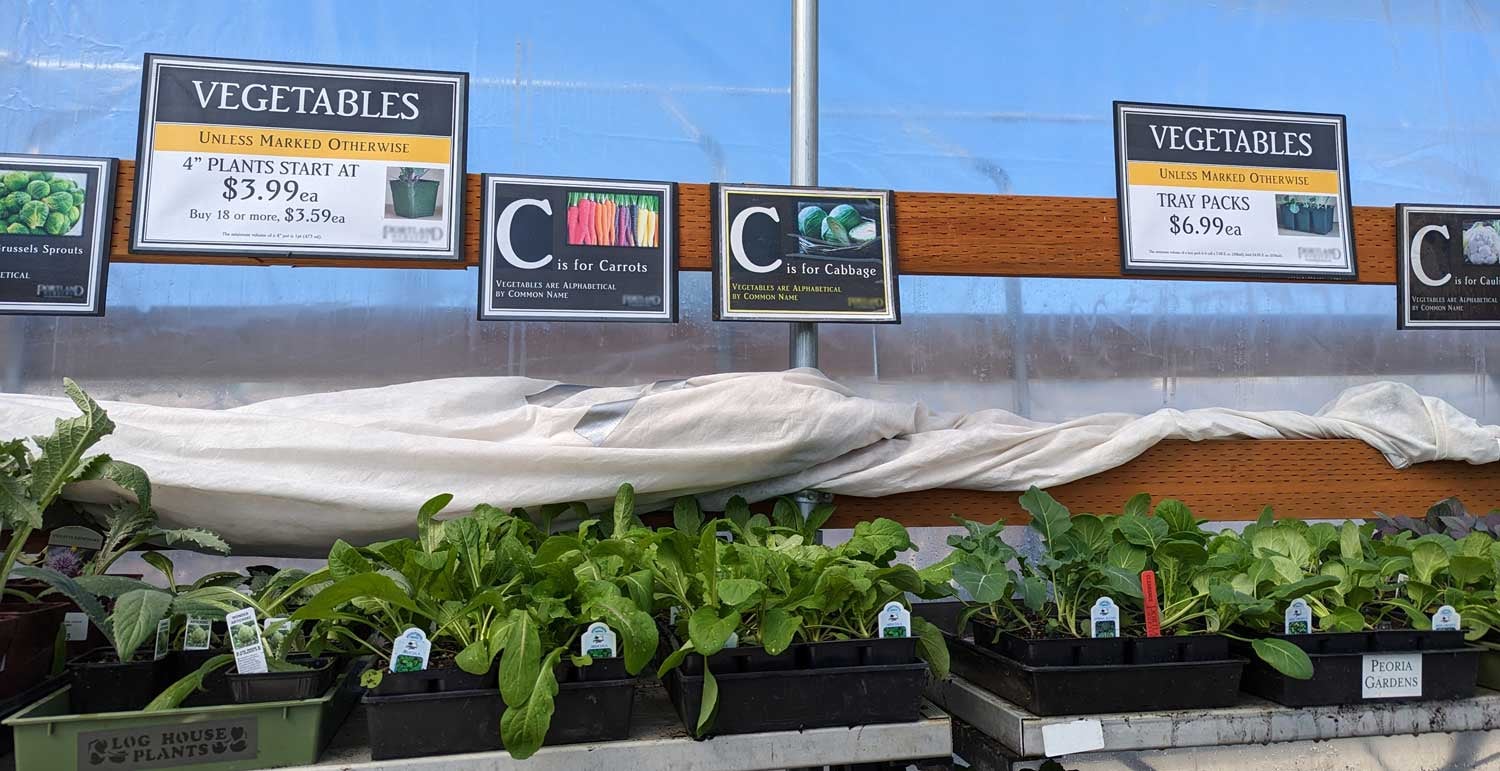
Choose your seeds (and don’t overthink it)
First, you’re going to have to find seeds — and yes, inflation hit them too. Since you’re starting a few seeds and not a farm, its going to be best to just hit a hardware centre or your grocery store and pick up a few packets there. Start with the basics: tomatoes, capsicums and basil.
You’re going to spend $2-5 per pack of seeds, depending on where you buy them, but Bunnings and the supermarket remain the least expensive I’ve seen this season. Since you won’t need a whole package, you can definitely go in with a friend. All three of the verities I’ve noted will last a few years, so put your leftovers in a ziplock away from the sun and hold onto them.
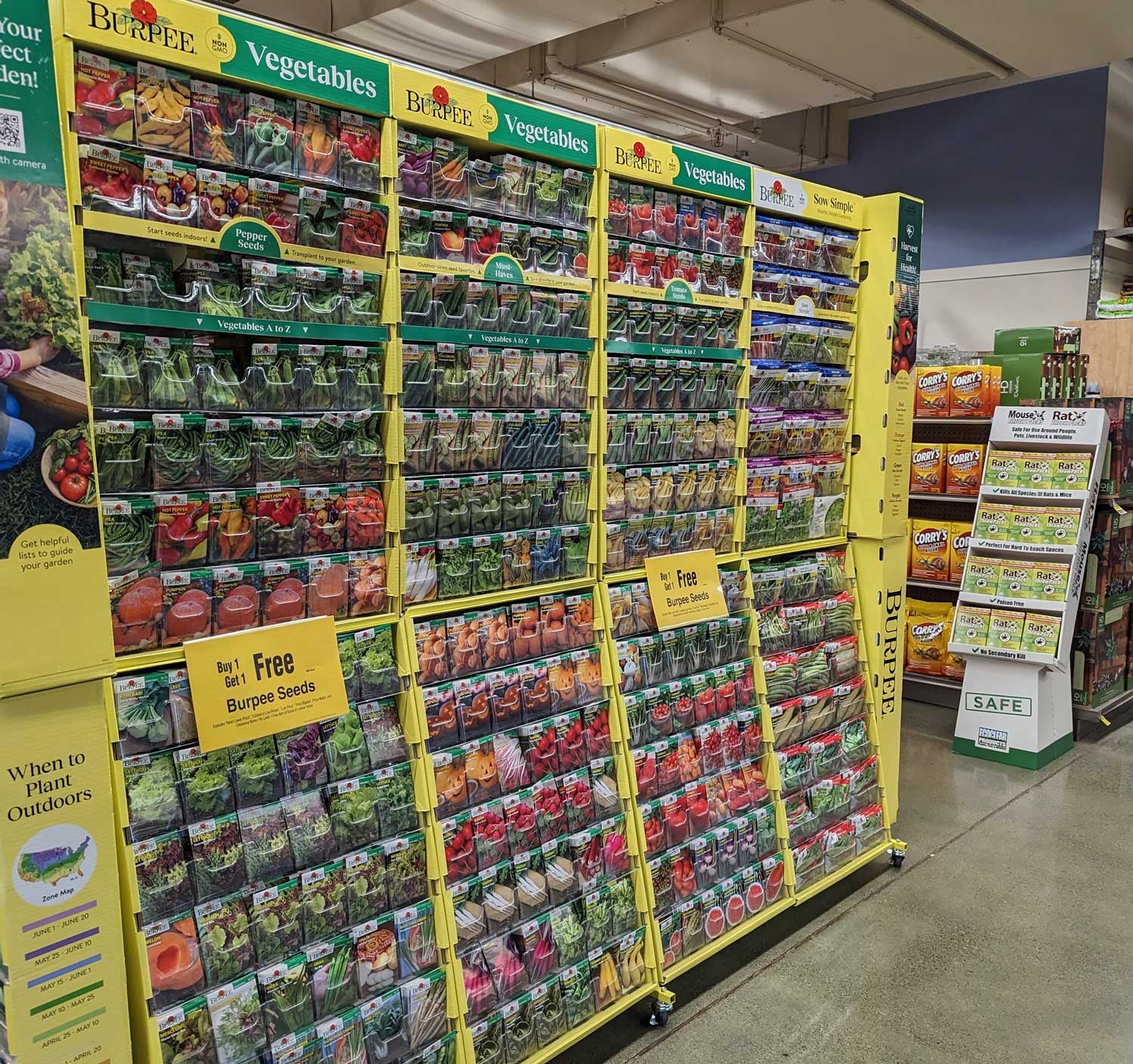
Your area might also have a seed library or a seed swap (local or national), or maybe you have a neighbour who is enthusiastic about helping new gardeners. Ask in your local Facebook garden group, which will also act as your support group throughout the journey. (Gardeners are surprisingly generous souls.)
There is a ton to be read about the kinds of tomatoes (slicers versus paste versus cherry) and their growing habits: (determinate versus indeterminate), but let’s assume you already know what you enjoy. Don’t overthink your choices, because the immense pride you’ll feel when they sprout will overshadow any indecision about what kind of ‘mater you chose. (The same for peppers and basil.)
Gather your equipment
You’re going to want a few leftover plastic strawberry containers, but really, any plastic container at least three inches in depth and with some drainage at the bottom will do. You can certainly buy some six packs or four-inch pots; you might even have some from last year laying around. Your local garden centre may save them and be willing to give some to you, and your neighbours probably have some laying around.
You’re going to need seed starting mix, which you’ll need to purchase. Seedlings require a special blend that has great drainage but no nutrients (weird, I know). Buy a small bag at a local nursery; you won’t need much, but it must be seed starting mix, not potting mix.
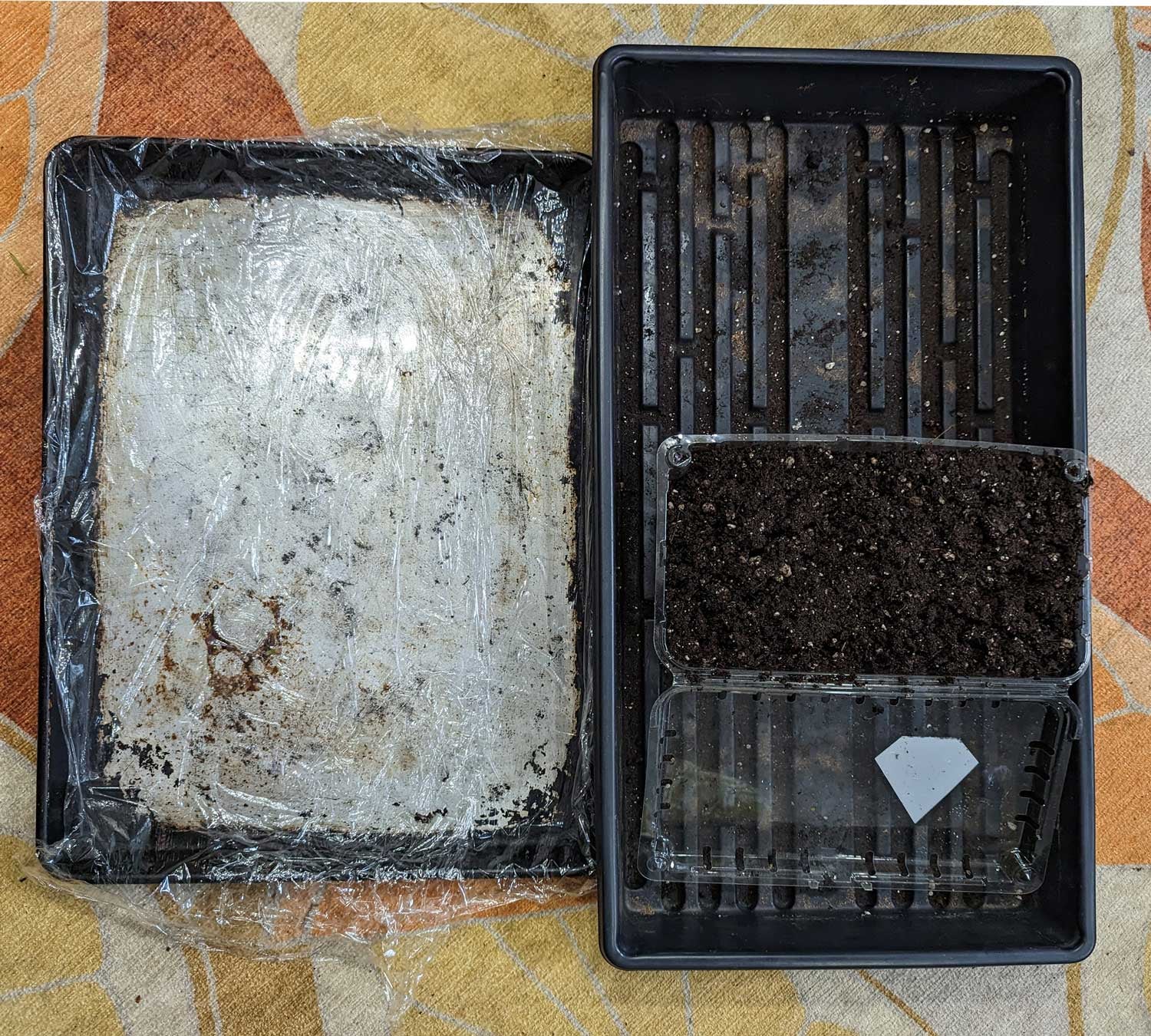
You’re going to need a tray. Pictured is a 1020 tray, which you’ve seen at your nursery. It’s going to hold your seedlings and help you to bottom-water them. Ask at your grocery store garden centre if you can have one of theirs, as they often give them away, and they can of course be purchased online, too. Since you’ll only need one, if you can’t find one, grab your rimmed cookie sheet or jelly roll pan. It’ll work just fine.
Lastly, you need sun. Seedlings need a lot of light, and the most common mistake people is not having enough light on their seeds. We’ll get to that.
How to get started
First, pack your containers with moist seedling mix. Throw some into a mixing bowl and get it just wet enough to clump when you squeeze it. Once it’s consistently moistened, pack it into the container, and tap it down a few times. You want it full, but don’t pack it in like it’s brown sugar and you’re making cookies.
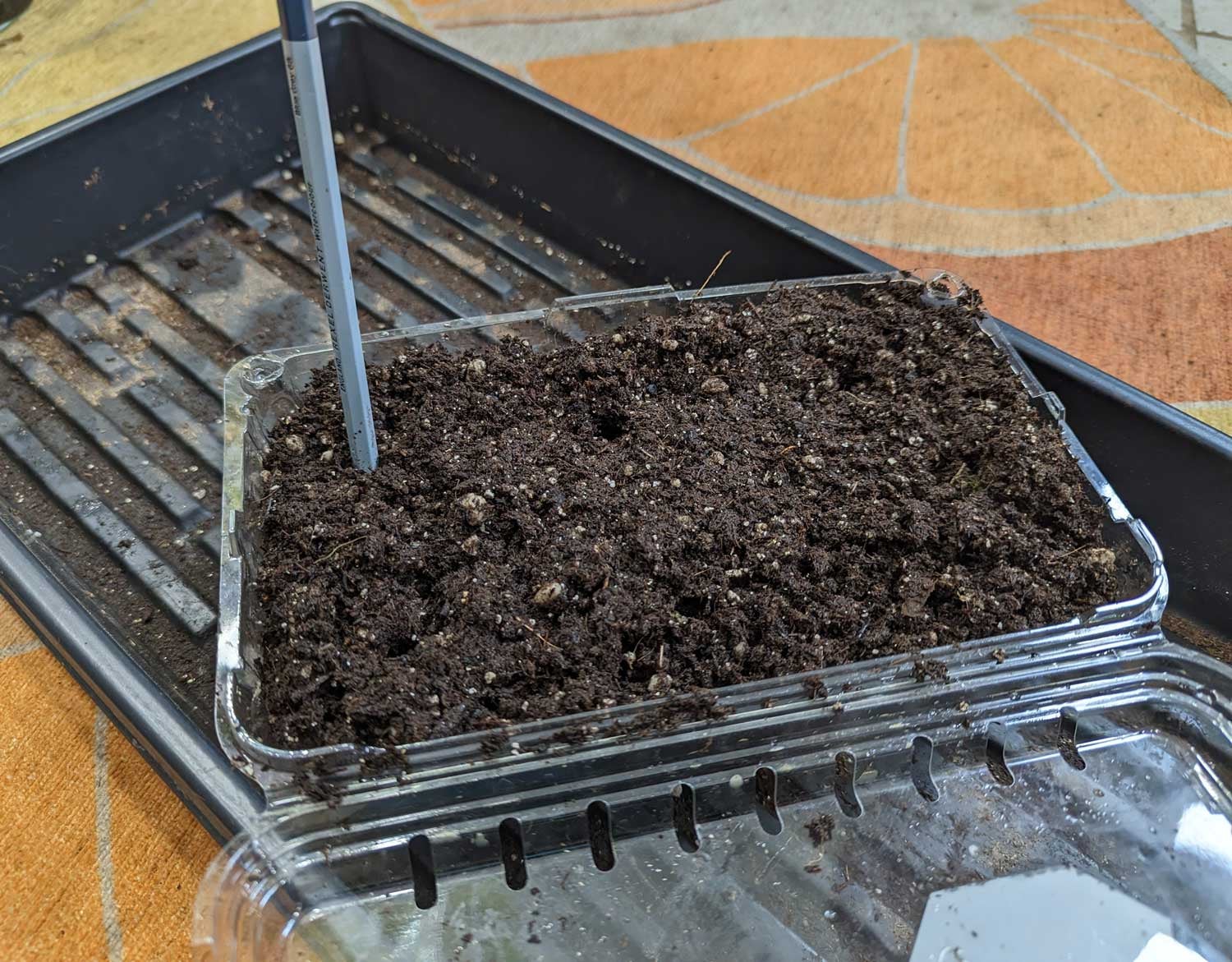
Now, you’re going to read the back of your seed packet, which almost always tells you how deep to plant your seeds. In the case of peppers, tomatoes and basil, the answer is 1/4 deep. I use a pencil, and poke it into the soil every 2 inches and drop in one seed. Plant twice as many seeds as you think you’ll need plants. It’s good to have some extra in case things go awry, and if not, you’ll have some starts to give away.
Now we’re going to put the seedling containers into the tray. If you’re using a baking sheet, generously line it with plastic wrap so your containers are sitting on the plastic, rather than the bare metal. Loosely cover the container with plastic too. Finally, add a ½-cup of water to the tray, as opposed to pouring it into the soil. This is bottom watering.
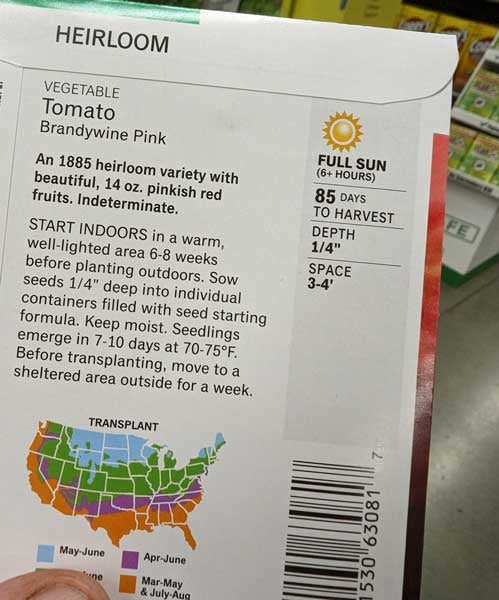
So now we need to talk about sun. Sun provides plants with two things: light and heat. Since we’re inside, we need to fake both. If you can keep your seedlings in a warm enough room (over 70 degrees) you don’t have to do more than that. If not, place a heating pad under your seedlings with a folded towel between the heating pad and the tray. You don’t want to bake your seedlings, just warm them up.
Now let’s talk light: Your seedlings need a lot of it, and it’s best if the light source is directly over them. Hanging them by a window isn’t enough. The best way is to simply get decent growlights, which are less expensive then they used to be, thanks to LED technology.
Since we’re just starting out, though, I’m going to recommend that you use one of your existing lamps and change out the bulb for a growlight. Even if you never grow starts again, it’ll be good for your mental health to sit near it in winter. Arc that lamp so the light is right over your seedlings. Turn it on first thing in the morning, turn it off when you go to bed. You could leave it on 24 hours a day and it wouldn’t be a problem.
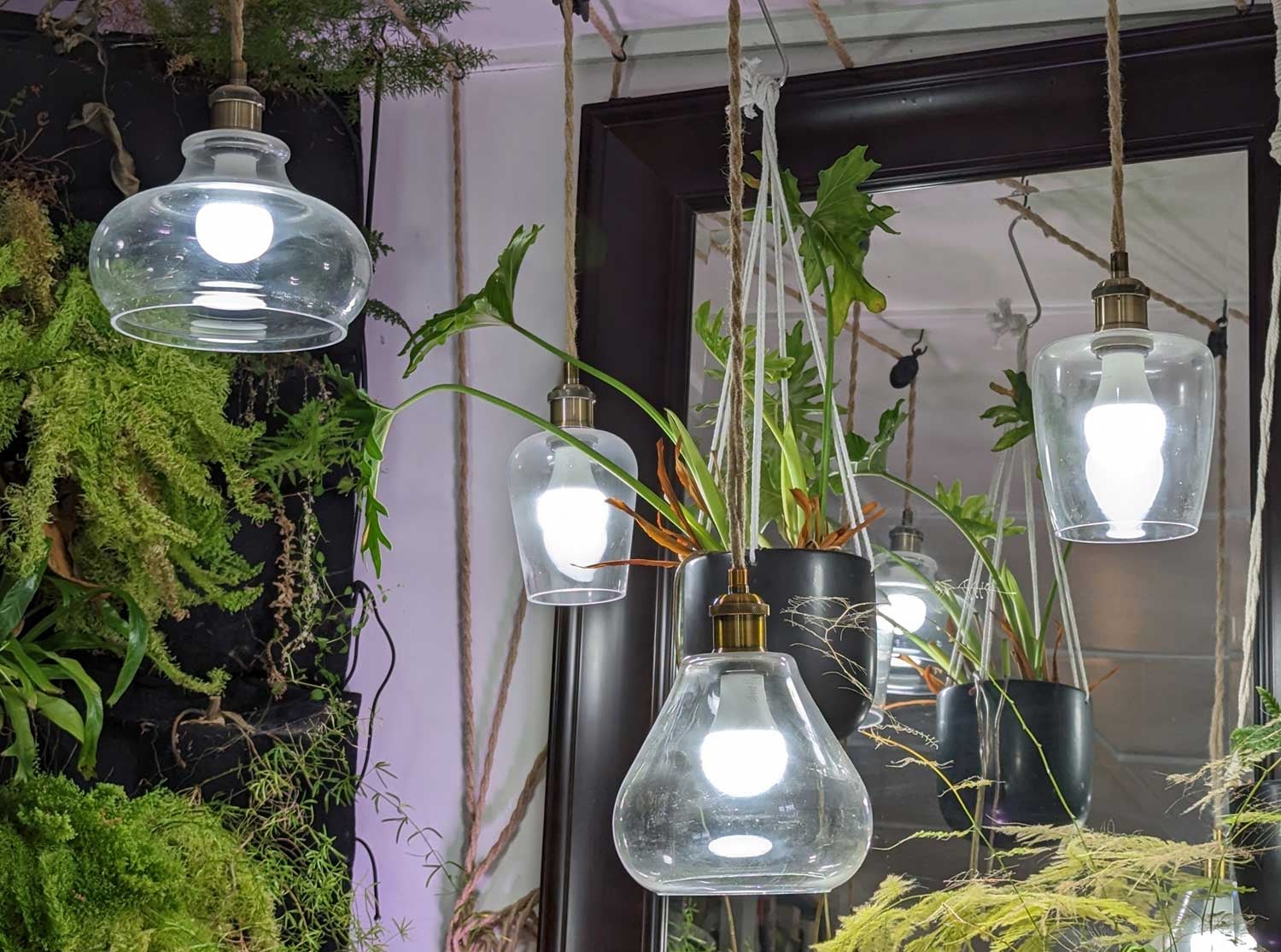
When you see condensation on the plastic wrap, that’s a great sign your mini-greenhouse is working away. Thanks to that condensation, you’ll only need to add water to your tray every other day, and only ½-inch or so at that. The holes in the bottom of the containers will allow the soil to soak up the water the plants actually use. Within two weeks, you’ll start to see your little babies pop up. Once 50% of the tray is germinated, take the plastic off and turn off the heating pad. It’s okay if they don’t all germinate — that’s why we planted extra — and a few will continue to germinate even after the plastic comes off.
Turn on a fan in the room, or just run your clean hands over the seedlings once they’ve hit one inch in height, as this strengthens the stems. Once the plastic is off, water every morning, remembering to only add ⅓-inch of water or so. The soil should remain slightly moist, but not wet. Keep that light close to the seedlings, and let them grow.
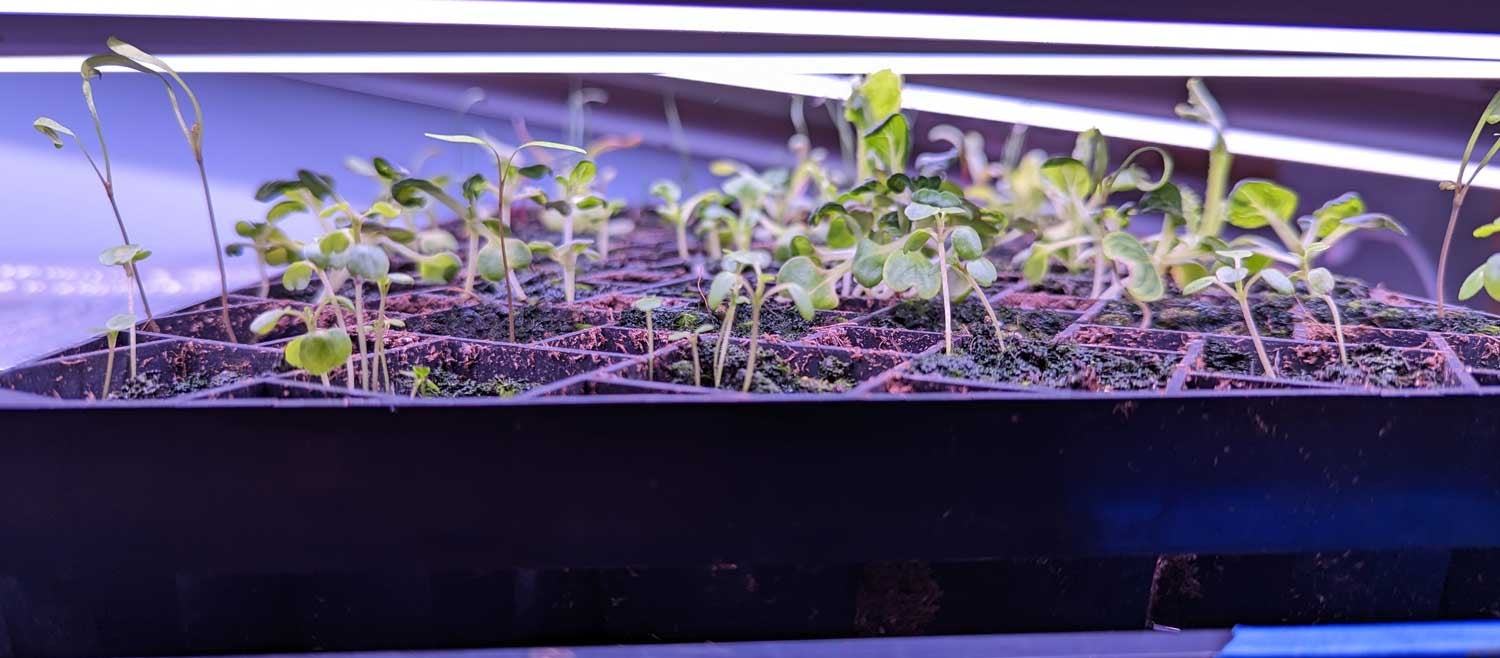
While you could add some fertiliser to the water at this point, you’d be ok without it. If you decide you need it, a small amount of fish fertiliser added to your watering can is all you need.
Your seedlings are OK in their container until it’s time to plant them outside, but if they get crowded, you can up-pot them into larger containers. Again, ask around online for four- or eight-inch pots, as gardeners often have them lying around. When you up-pot, do so into the same seed starting mix.
Your gardening friends on social media will be an immense help in your seedling adventure — this is a great time to get involved in your local online gardening community or join #gardentok. (What is the point of any of this if you’re not posting it to the ‘gram?)
And finally, most importantly of all, when you find yourself talking to your plants — because you will experience sheer glee each time you notice seedlings popping out of the soil — don’t question it. The world is a trash fire. Take the whimsy where you can find it.
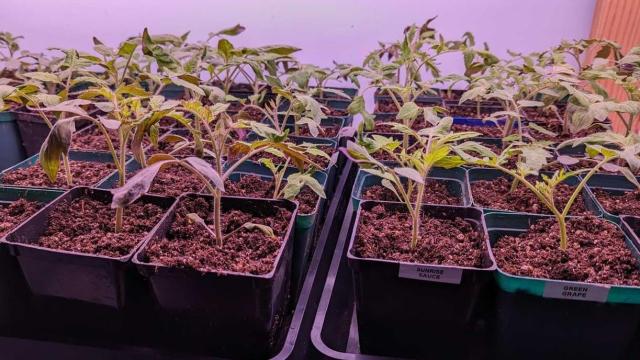
Leave a Reply
You must be logged in to post a comment.